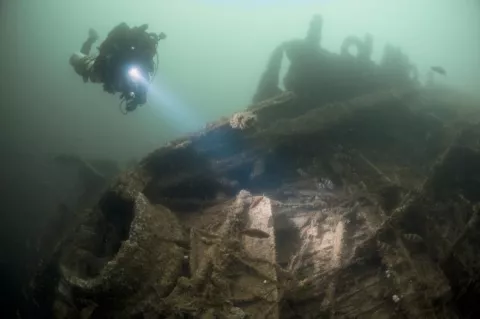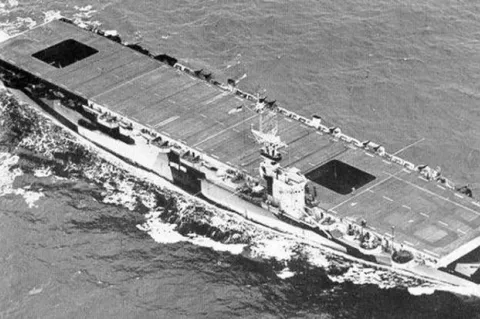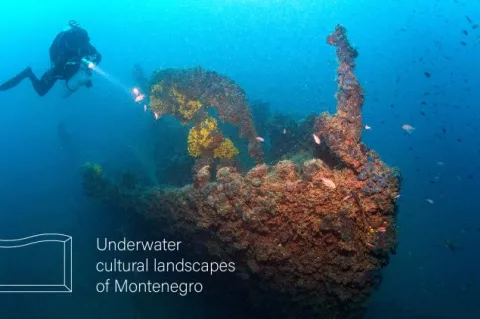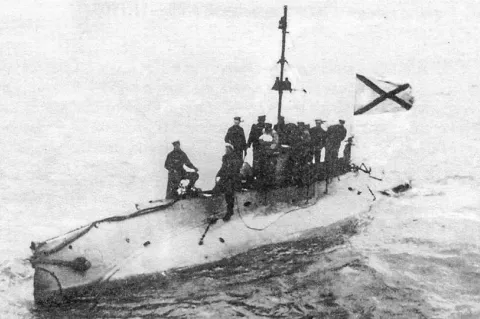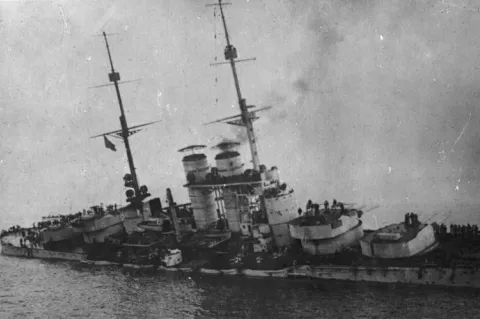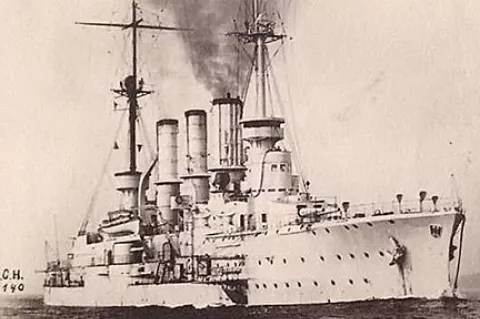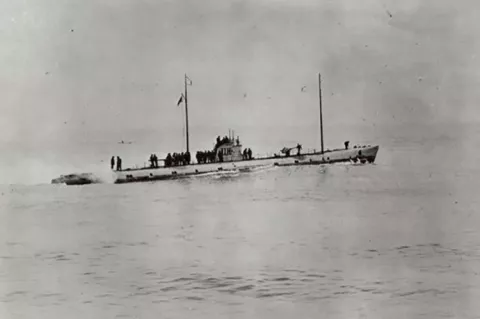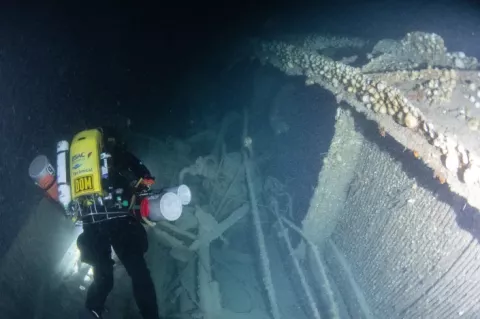WRECKS4ALL 2.0 conference
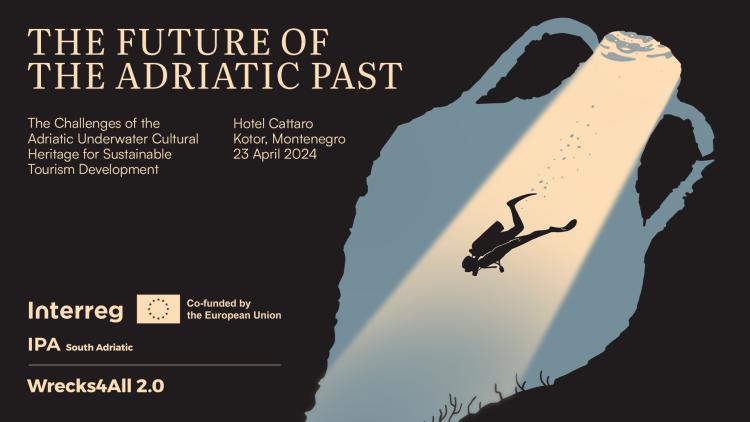
The Adriatic Sea holds a wealth of underwater archaeological sites, from ancient shipwrecks to submerged archaeological landscapes. With the increasing interest in maritime cultural heritage, there is a growing need for responsible and sustainable management of these precious resources.
The conference titled "The Future of the Adriatic Past - Challenges of the Adriatic Underwater Cultural Heritage for Sustainable Tourism Development" will take place on April 23, 2024, at Hotel Cattaro in Kotor.


